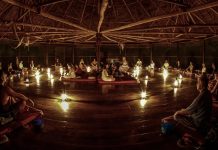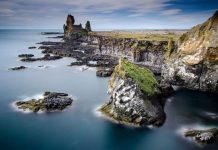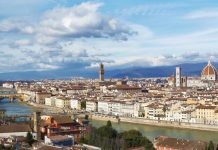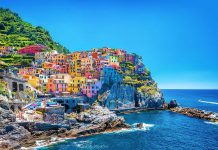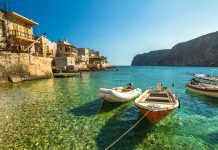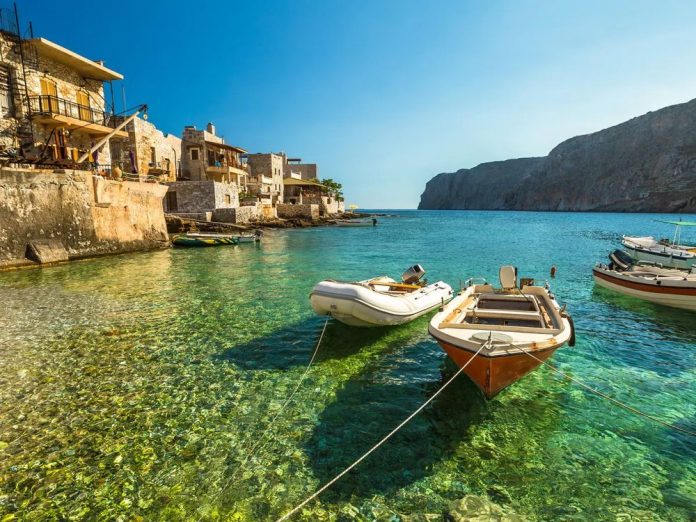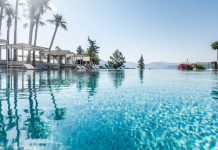The Omero Tactile Museum of Ancona is in Tiziano Str. nearby the centre of Marche Region governance offices. The Museum is the only one in Italy allowing the tactile vision of artworks. It has been conceived and realized by Roberto Farroni together with Aldo Grassini and Daniela Bottegoni; it is exclusively addressed to allow the artworks’ knowledge to people that unfortunately cannot see. (blind people).
By means of a studied route the structure allows the visit to those people that can in this way run the time that goes by ancient period up to the modern era through a discreetly large archeological collection. Blind people can recognize works through a multisensory faculty method that allow them to touch and sense the works themselves.
For sure you can find yourself toward the first museum with a very innovative project because, instead of seeing, you can touch works and doing so wholly sensing them feeling a new emotion by which you can understand what the work do want to transmit completely.
When guests visiting various rooms they can touch sculptures belonging to civilizations as Roman, Egyptian and Greek and then, going on during the visit, touching statues that lead you to present times. We should have to thank those artists that have allowed the realization of the contemporary section by giving their own works to the museum. It’s also curious the section dedicated to architecture, where you can admire the important scale models of monuments such as Athens Parthenon, The Temple of Venus Euplea, St. Ciriaco Cathedral, Vanvitelli Stately Building, the St Maria in Fiore Dome (Florence) and Rome’s Pantheon.
The museum has been founded in 1993 inspired by Italian Blind Union thanking the intervention of either Ancona Municipality and Marche Region governance; then, in 1999 Italian Parliament acknowledging it as State Museum and recognizing it a unique value on national basis. The rich collection of tactile works is continuously increased with new acquisitions of creations of plastic and sculptural art of all times such as resin and plaster casts and original evidences.
The Museum has got specific bibliography about discussed themes with black and Braille body types, and usable videos, audiotapes and dvds.
It’s short time that museum realizes “The Omero Museum instalments”; it is their piece of work collecting and publishing pedagogic lines, significant thoughts and experiences matured and experimented carried out/done over the years.

